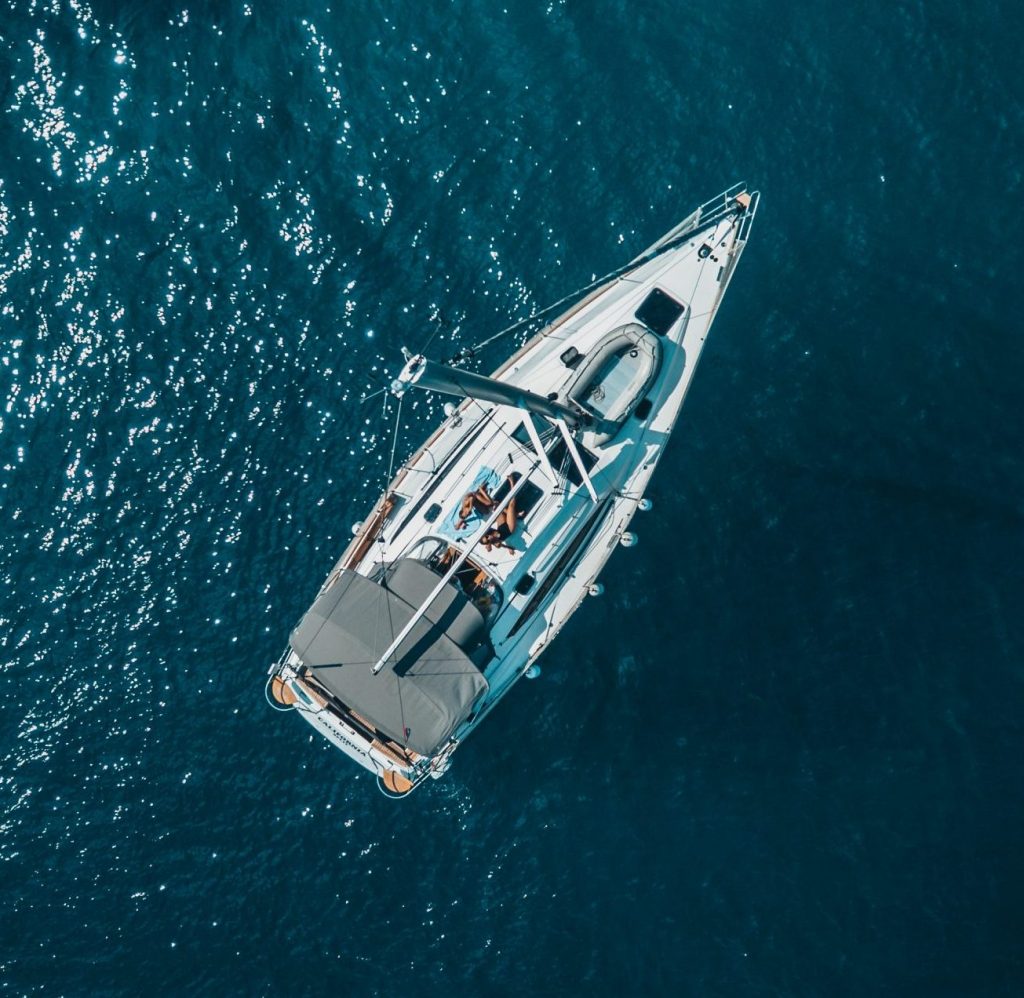In a world in search of sustainable solutions, the shipbuilding industry faces the challenge of reconciling exceptional performance with respect for the environment. It is against this backdrop that natural fiber composites are emerging as an ecological revolution in this demanding field.
Faced with growing concerns about sustainability, naval architects are turning to innovative approaches to rethink traditional construction methods. Natural fiber composites offer a promising response to these challenges, offering a series of substantial ecological advantages.
One of the major advantages of natural fiber composites is their reduced carbon footprint. Unlike conventional materials such as steel or aluminum, whose manufacture is energy-intensive and contributes to greenhouse gas emissions, natural fibers offer a renewable, environmentally-friendly alternative. Growing fiber crops such as flax, hemp or jute generally requires less energy and resources, helping to reduce environmental impact.
What’s more, the manufacturing process for natural fiber composites is often less energy-intensive than that for traditional materials. The technology developed by “OX EYE”, which enables mold-free manufacturing, also reduces the number of production stages, thus minimizing the energy consumption required to build naval structures. This innovative approach fits in perfectly with an eco-design approach aimed at reducing waste and the overall environmental footprint.
Another key advantage of natural fiber composites is their biodegradability. Unlike synthetic fiber composites, which can take centuries to decompose, natural fiber composites degrade more quickly and naturally. This prevents the creation of long-term marine litter and contributes to the preservation of fragile marine ecosystems.
The use of natural fibers in shipbuilding also offers advantages in terms of worker health and safety. Synthetic materials, when handled, can emit toxic substances. Natural fibers, on the other hand, offer a non-toxic alternative, reducing risks for workers as well as impacts on the environment.
What’s more, natural fiber composites offer mechanical properties ideally suited to shipbuilding. By combining natural fibers with topological optimization techniques, it is possible to ensure strength and durability comparable or even superior to those of traditional materials. This makes it possible to design high-performance ships while reducing the overall environmental impact of their life cycle.
In conclusion, the use of natural fiber composites in naval architecture represents a significant shift towards more environmentally-friendly construction. Ecological benefits such as reduced carbon footprint, biodegradability and worker safety make these materials an attractive option for the future of the marine industry. With visionary companies like “OX EYE” incorporating these materials in innovative ways, the marine industry is redefining its standards and sailing towards a sustainable future where performance and preservation of the marine ecosystem go hand in hand.









